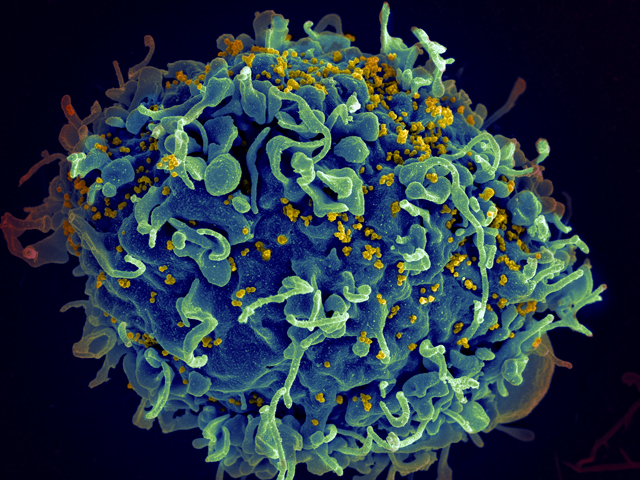All About Autoimmune Disease

Most of the diseases prevalent in first world countries are rare or almost non-existent during the caveman era. Processed foods such as dairy, refined cereals, man made oils and fatty meats derived from animals worsen almost all of the chronic diseases of civilization.
All the changes brought to your immune system is caused by an inflammatory component called cytokines. Think of it as the IT manager who’s in charge of the computers that run the immune system. If anything happens to him, he’s unable to send instruction across to the immune system, telling them what they’re supposed to do, and the dysregulation of immune cell function will cause all sorts of breakdowns.
People have finally found their cure when there’s a study done by the University of Maryland’s Center for Celiac Research, headed by Dr. Alessio Fasano, which has proven that there’s a tie between development of autoimmune illnesses and diet. By eliminating a certain food group from the diet, the intestine manages to recover from intestinal damage by itself.
Food allergy may be one of the major reasons why most people suffer from this disease, but there are other potential causes of autoimmune disease as well, and they can be found in the list below.
Signs of Autoimmune Illnesses
a. Inflammation
– Muscular and/or joint pain, which is aggravated with weight lifting exercises.
– Swelling & stiff joints in conditions such as adhesive capsulitis or frozen shoulder. Commonly found in patients diagnosed with Type I diabetes and Hashimoto’s thyroiditis.
b. Excessive level of fatigue
– Feeling lethargic despite having rest for more than 8 hours.
c. Loss of strength
d. Swollen lymph nodes
e. Abdominal problem
Bloating, farts, diarrhea, constipation, irritable bowel syndrome, etc.
f. Itchy skin, rashes and psoriasis
Tingling or pins and needles in the hands or feet in the absence of disc pathology.
g. Weight fluctuation
Inexplicable drop/gain in weight.
h. Changes in skin color
i. Difficulty falling asleep/frequent wakening during sleeping period
j. Dizziness
k. Mood changes, anxiety, or feeling depressed
l. Difficulty remembering past events
m. Susceptibility to infection
n. Feeling cold at the distal part of the body (Hands & Feets)
o. Hair loss
– Hair seems to be growing slower than usual, and losing a handful of hair at a time.
p. Headaches
DIY Guide To Recover from Autoimmune Disease
Nutrition
As previously discussed, eliminating a certain groups of food from your diet and you will find out which food that’s incompatible with your body’s biochemistry.
Sleep
Get a power nap if possible; most adults do not have sufficient sleep before they head to work the next morning. Getting regular 8-9 hours sleep is essential to cure your disease.
Stress management
Practice muscle relaxation techiques such as deep breathing, mindfulness, yogas, pilates, meditation or anger management classes. Alternatively, pay a visit to the nearest psychiatric ward and have a discussion with any doctors.
Relax
Spend time on activities that make you happy. Reunion with friends, a weekend with loved ones and your hobbies can help brighten up your day.
Exercise
Listen to your body and work out without stressing yourself out. Most people either under/overtrain themselves, and it’s important to reach a balance so that you can maintain a healthy lifestyle.
If you have been cleared by a physician to exercise, you can choose from a list of cardios such as walking, swimming or water exercises, as these exercises can be easily done without too much hassle. Water exercises have the ability to float an exerciser onto the surface, alleviating some of the pain that’ll normally be found on the joints.
During the beginning of the training program, you should not train yourself until you reach the level of exhaustion. Make sure that you still have energy left in your tank to do your normal house chores. This is vital to promote program adherence.
When you feel comfortable exercising 3-5 times for at least 20 minutes a session, start increasing it to 30, or maybe even 40 if you’re confident with yourself. Start introducing new activities into your lifestyle, such as light weight lifting and mobility exercises.

